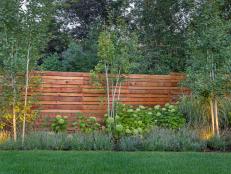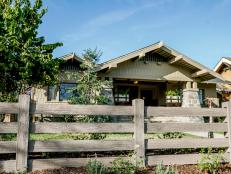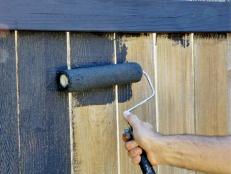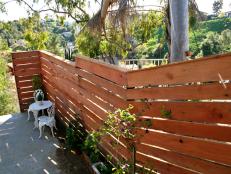Landscape Timbers
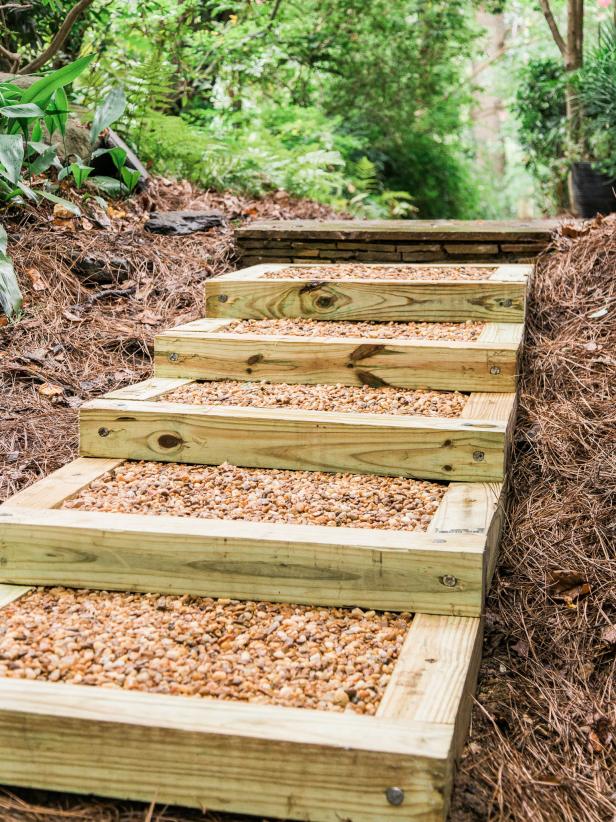
Tomas Espinoza
Landscape timbers are useful materials for landscape projects – and learning how to install them doesn't have to be a pain.
Timbers generally refer to small (3" to 6" thick) wood boards or rounded wooden shafts that can be used in a variety of projects, including garden beds, walls, fencing, and even small structures such as sheds. Railroad ties are technically timbers, too, but they are usually much thicker and heavier than garden timbers.
Timbers are available from your local lumber, hardware or home improvement store and come in various sizes, thicknesses and wood types, including solid pine and pressure-treated woods (composite). When looking for an eco-friendly product, it's helpful to ask which chemicals the wood has been treated with and make your choice based upon the most natural solution.
If you're using timbers for edging or to build walls for a raised bed for flowers or vegetables, it's easy to create a two-timber-high stack with simple materials. You'll need basic tools such as mason's line, your timbers (6 feet long is a standard size), 10" ground spikes, garden mesh barrier, a sledgehammer, safety goggles and gardening gloves, a drill with 3/8 bit, a framing square, tape measure and handsaw. If you don't feel comfortable using a saw or don't have one handy, you can also do your measuring first, then have your timbers custom cut for you at the point of purchase.
To build a bed using timbers, find a flat, level space in your lawn. Measure the area for your bed or landscaping timber project, and mark it with the mason's line (string will do, too). Dig a level trench along the line, about 3 to 4 inches deep. If building a bed that requires the length of two timbers, place the timbers together tightly, end-to-end, and make sure they're level. Corners should be perpendicular and without open spaces.
When placing a second row of timbers atop the first, offset the joints of the timbers at least 4 inches in order to overlap the joint below and create additional stability. Saw timbers to fit the correct length. Use the framing square to check the corners.
Once your second row of timbers is in place, drill starter holes (from the top straight down) at the corners and every 4-5 feet). Pound your spikes into these holes with the sledgehammer. Line your bed with your gardening mesh (line the walls, too, especially if using pressure-treated wood) and add soil.
For larger jobs, including retaining walls that affect the direction or amount of rain and water runoff from between your property and a neighbors' land, you might need a building permit or code check before you install your timbers.







